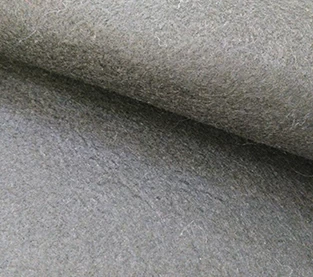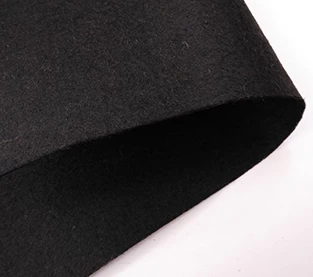Product: ES Material Fiber Nonwoven Fabric For Packaging
Raw Material: PP+PE
Nonwoven Technology: thermal bonded
Dotted Design: dot or plain
Gram: 25 gsm - 30 gsm
Color: White
Specification: custom
Sample: Can be provided without charge, freight to be collect
Applications:
Medical(20-60gsm): face masks,diapers,bed sheets,curtains,pillow covers,sanitary,etc
Packaging(25-30gsm): tea bag, coffee bag/filter paper, dust-proof covers.etc
Product: ES Thermal Bonded Non Woven Fabric For Tea Bag
Raw Material: PP+PE
Nonwoven Technology: thermal bonded
Dotted Design: dot or plain
Gram: 25 gsm - 30 gsm
Color: White
Specification: custom
Sample: Can be provided without charge, freight to be collect
Applications:
Medical(20-60gsm): face masks,diapers,bed sheets,curtains,pillow covers,sanitary,etc
Packaging(25-30gsm): tea bag, coffee bag/filter paper, dust-proof covers.etc
Product: Composite Non Woven Paper Desiccant Packaging Material
MOQ: 1000 kg
Material: Composite Non Woven Paper
Specification: Custom sizes.
Design: Welcome custom logo and design. Welcome OEM.
Color: Full Color of CMYK,Pantone Color as customer requirements
Weight: Based on size & material,thickness
Delivery Time: 10-15 days after confirmed the final artwork and order
Product: Desiccant Wrapping Paper
MOQ: 1000 kg
Material: DuPont Material
Specification: Custom sizes.
Design: Welcome custom logo and design. Welcome OEM.
Color: Full Color of CMYK,Pantone Color as customer requirements
Weight: Based on size & material,thickness
Delivery Time: 10-15 days after confirmed the final artwork and order
Product: Bi-component Non Woven Fabric Desiccant Packaging Material
MOQ: 1000 kg
Material: Bi-component Non Woven Fabric
Specification: Custom sizes.
Design: Welcome custom logo and design. Welcome OEM.
Color: Full Color of CMYK,Pantone Color as customer requirements
Weight: Based on size & material,thickness
Delivery Time: 10-15 days after confirmed the final artwork and order
Product: Spunbond Non Woven Fabric Custom Desiccant Packaging Material
MOQ: 1000 kg
Material: Spunbond Non Woven Fabric
Specification: Custom sizes.
Design: Welcome custom logo and design. Welcome OEM.
Color: Full Color of CMYK,Pantone Color as customer requirements
Weight: Based on size & material,thickness
Delivery Time: 10-15 days after confirmed the final artwork and order
In fact, a recent research and marketresearch on the global automotive interior market indicates that more and morecompanies are investing in "products with specific functions andcharacteristics for lightweight nonwoven(Wholesale Non Woven Fabric) interior end applications." Thistrend is driven by industry efforts to improve fuel economy and reduce carbonemissions by reducing weight.

In addition, the government's regulationson fuel emissions further expand the nonwovens market, and other materialsprovided by these markets do not.
“Theimpact of increasingly depleted fossil fuels (coal, oil, natural gas) andcarbon dioxide emissions on the environment has made fuel consumption reductionan important part of automotive engineering,” said Sandarder, director of technology product salesat Sandler. Cloth is a lightweight, high-performance material that helps reducethe total weight of the car, thereby reducing fuel consumption and carbondioxide emissions.
According to Freudenberg Performance Materials executives, in addition to improving fuel economy, nonwovens(China Needle Punched Nonwoven Fabrics Supplier)"can also increase the proportion of recycled materials in recycledmaterials." The company's non-woven materials have been successfully usedin tufted fabrics, sound insulation, carpets, roofs and more. Nonwoven expertsalso said that there is more recycling and higher recycling in production,which increases the environmental footprint of the car.

Another benefit of using nonwoven fabrics(Biodegradable Nonwoven Fabric Manufacturer) in automobiles is that they provide a low cost solution while improving soundand thermal performance.
Autoneum is a Swiss supplier of automotive sound insulation and thermal management products. Anahid Rickmann, Director ofCommunications at Autoneum, added, “Nonwovens can achieve a wide range of product weights and offer significant advantages over woven materials. A good example is lightweight nonwovens that can replace heavier injection molding or molding. The materialat the bottom of the body.